
What is Wi-Fi 7? Exploring the next generation of wireless technology.
Not all wifi is created equal. A wifi standard is a set of technical rules that define how our wireless internet works. These standards are created by the IEEE (Institute of Electrical and Electronics Engineers) and ensure that wifi devices—like phones, laptops, and smart home gadgets—can communicate with each other reliably. With each new wifi standard comes improvements to speed, range, and the number of devices that can connect, among other capabilities.
As of 2024, Wi-Fi 7 is the latest wifi standard, and it introduces several new features and advancements that require hardware support beyond what traditional routers offer. So whether you’re looking to future-proof your network or looking for a Wi-Fi 7 router to keep up with your compatible devices for optimal usage, read on to learn more about Wi-Fi 7, its benefits, and key features.
Features of Wi-Fi 7
Multi-Link Operation (MLO)
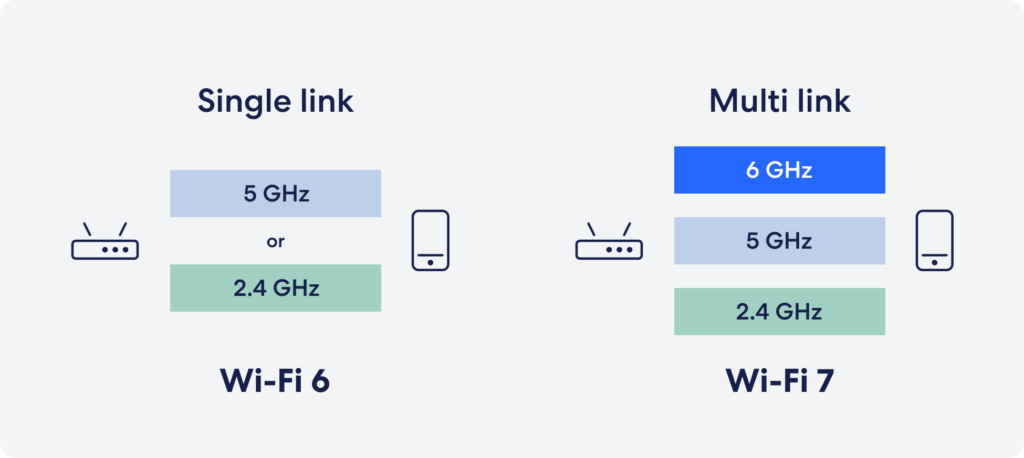
The standard supports MLO, which allows devices to better send and receive data on multiple bands, including 2.4 GHz, 5 GHz, and 6 GHz bands. This reduces latency, improves network throughput, and ensures better interference mitigation. As a result, MLO delivers optimal performance for online gaming, VR/AR, cloud computing, and remote work.
Backward compatibility
Wi-Fi 7 is compatible with previous standards like Wi-Fi 6/6E, Wi-Fi 5, and Wi-Fi 4. This means that older devices that don’t support Wi-Fi 7 can still connect to the network. You can install a Wi-Fi 7 router in your home or business without needing to replace your devices or hardware. However, they won’t benefit from improved speeds and advanced features of Wi-Fi 7.
320 Mhz channels
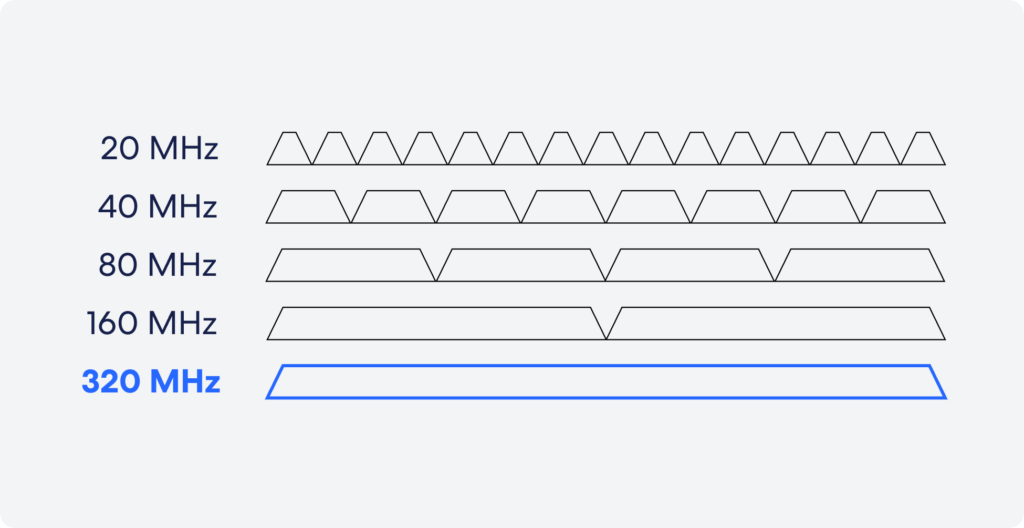
Wi-Fi 7 supports 320 MHz channels in the 6 GHz band, which support twice the data transmission rate of previous standards, enabling improved performance and reducing transmission delays. For instance, a typical laptop can have a data rate of up to 5.8 Gbps. In comparison, Wi-Fi 6/6E has a rate of 160 Mhz.
4096 QAM
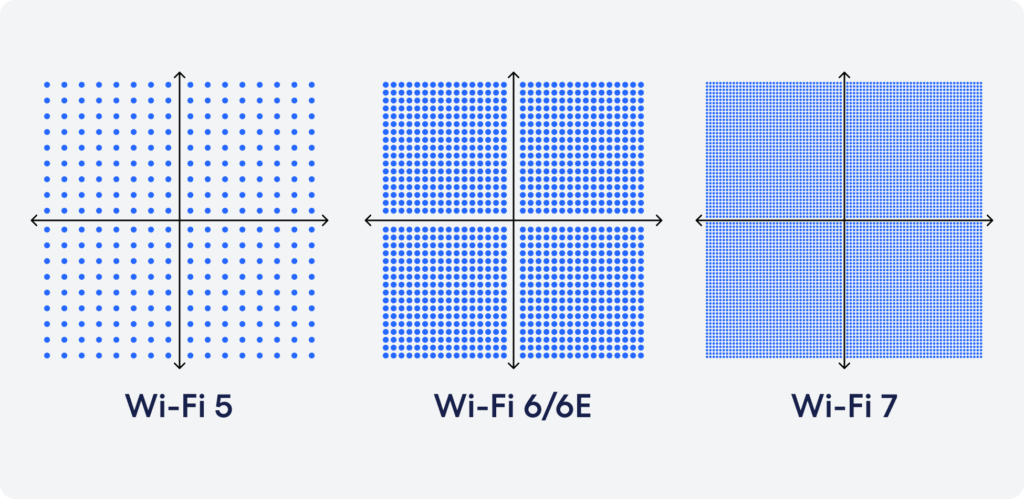
Wi-Fi 7 supports 4K QAM (Quadrature Amplitude Modulation), which enables each signal to carry 20% more data than Wi-Fi 6/6E’s 1K QAM when clients are near the access point. This ensures faster speeds and reduced latency for streaming high-quality 8K video, enjoying wireless gaming, or downloading large files quickly.
Key features of Wi-Fi 7
Also known as IEEE 802.11be, Wi-Fi 7 is the seventh generation of the IEEE 802.11 standard, promising to be much faster and support more devices than previous wifi standards. Wi-Fi 7 isn’t just about speed—it’s about enabling a new wave of technologies and lifestyles that rely on fast, dependable, and efficient wireless connectivity. Here are the key features of this wireless technology.
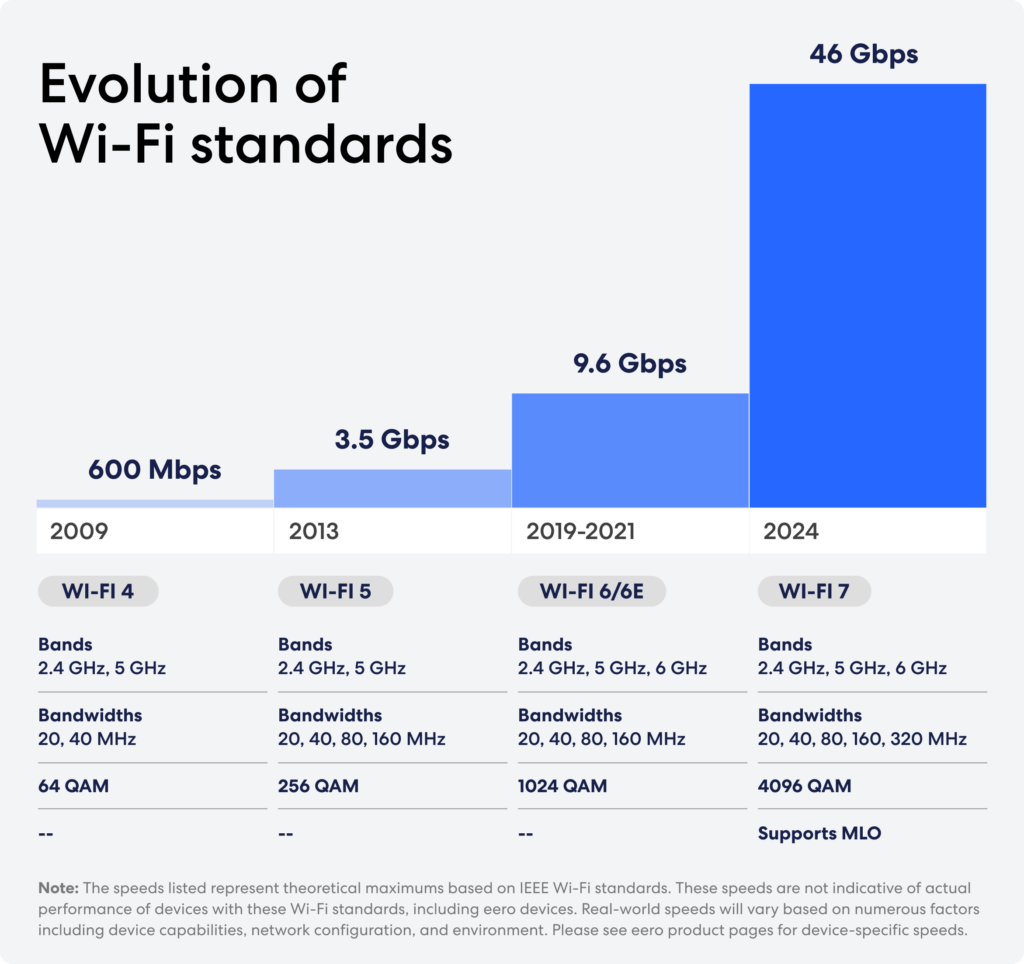
What does that mean for you?
- Increased speed and efficiency: Faster wireless speeds, hitting a maximum of 9.6 Gbps.
- Lower latency for real-time applications: For avid gamers, those who work from home, and live video streaming, Wi-Fi 7 delivers real-time responsiveness and speeds.
- Greater capacity for more devices: Wi-Fi 7 has double the bandwidth (320 MHz channels in 6 Ghz) of Wi-Fi 6, so it can handle more internet traffic at faster speeds. Wi-Fi 7 offers enough bandwidth to deliver smooth performance for up to 200 connected devices depending on the router or system.
- Enhanced stability and reliability: Multi-link operation (MLO) allows Wi-Fi 7 to connect to multiple channels at once, improving the connection’s stability.
- Future-proofing your network: Wi-Fi 7’s innovative features can future-proof your network. Its backward compatibility means it supports older devices.
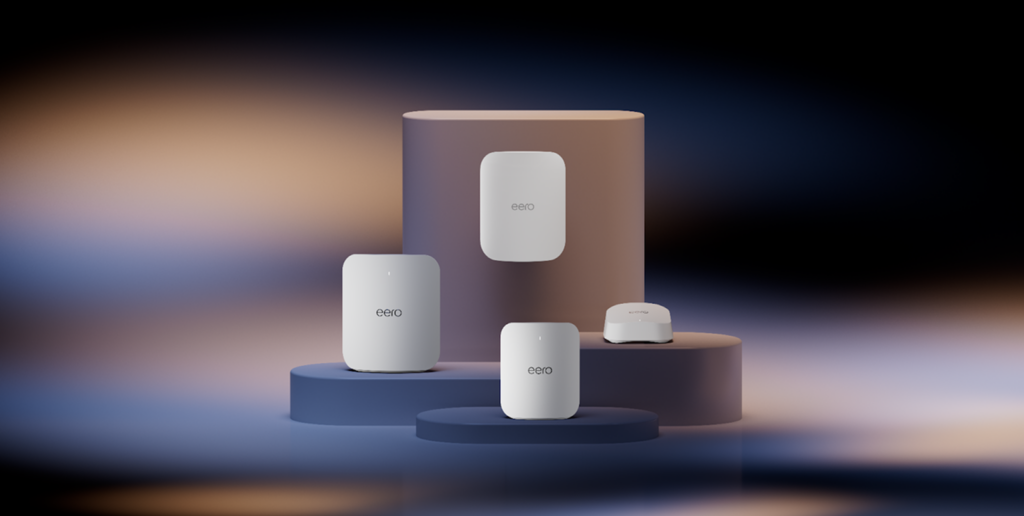
Experience Wi-Fi 7 performance with eero
With Wi-Fi 7 comes new technology features that improve network performance and the reliability of your connection. Whether you have Wi-Fi 7 devices now or plan to in the future, you’ll need a Wi-Fi 7 mesh wifi system to make the most of them. eero can help future-proof your network to take advantage of new Wi-Fi 7 devices and experience this latest wifi standard’s performance gains today. Learn more about our Wi-Fi 7 routers––eero 7, eero Pro 7, eero Max 7, and eero Outdoor 7.
Sources:
IEEE. The Evolution of Wi-Fi Technology and Standards. https://standards.ieee.org/beyond-standards/the-evolution-of-wi-fi-technology-and-standards/
Wi-Fi Alliance. Wi-Fi CERTIFIED 7. https://www.wi-fi.org/discover-wi-fi/wi-fi-certified-7

You must be logged in to post a comment.